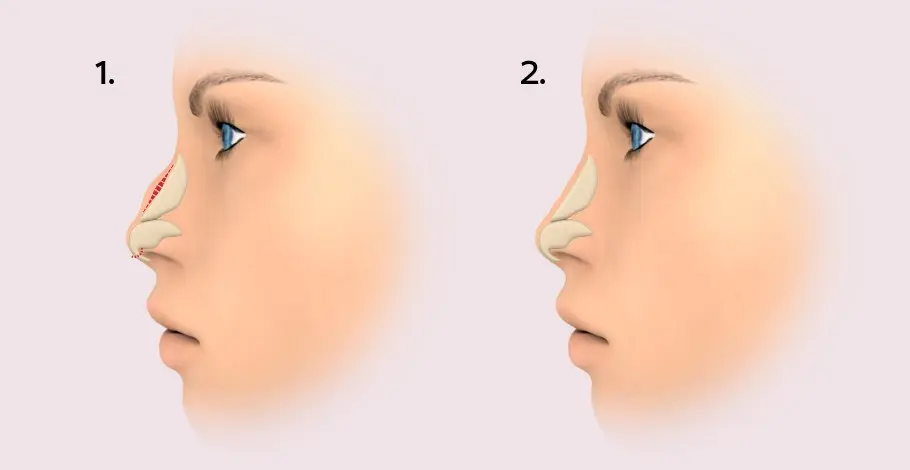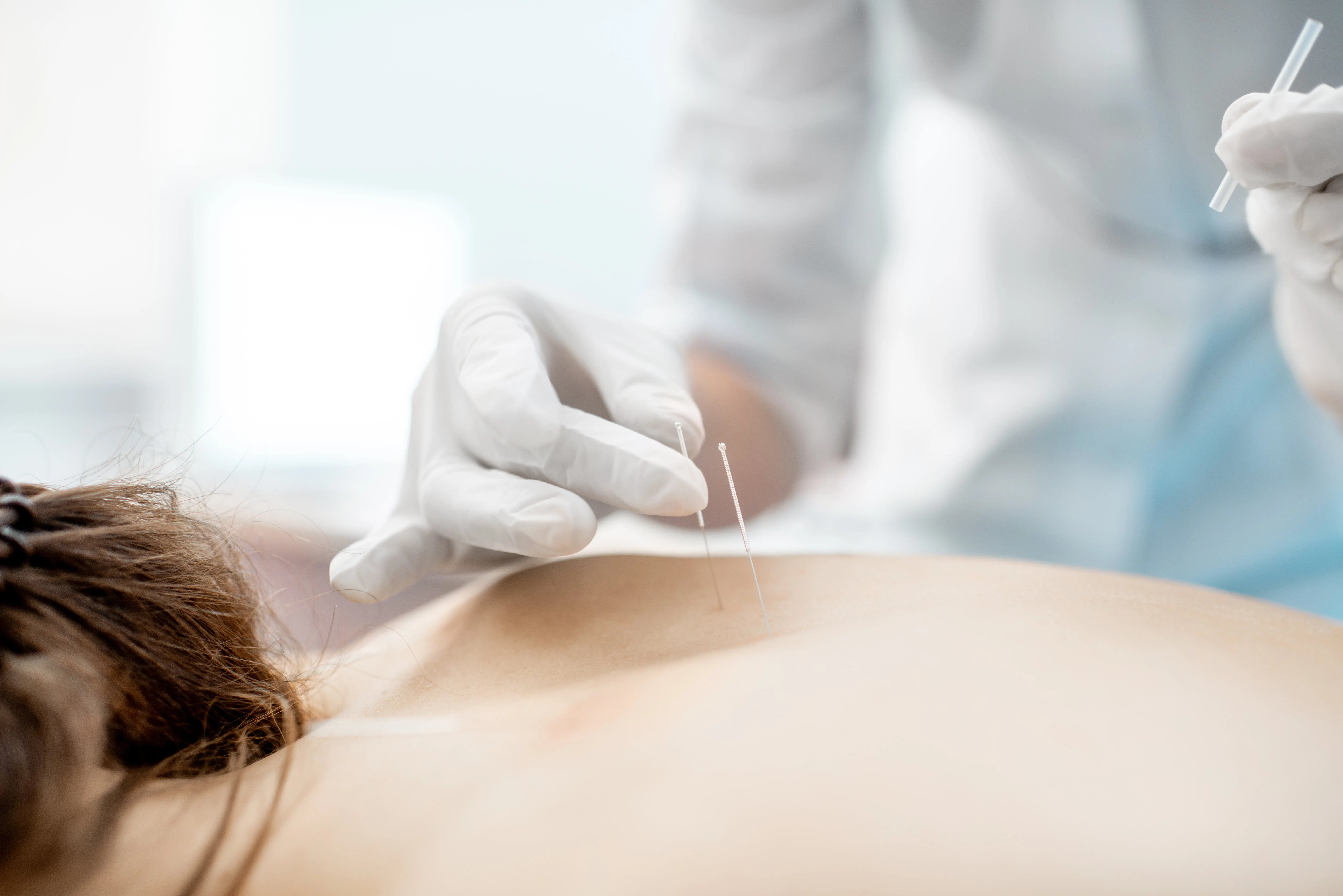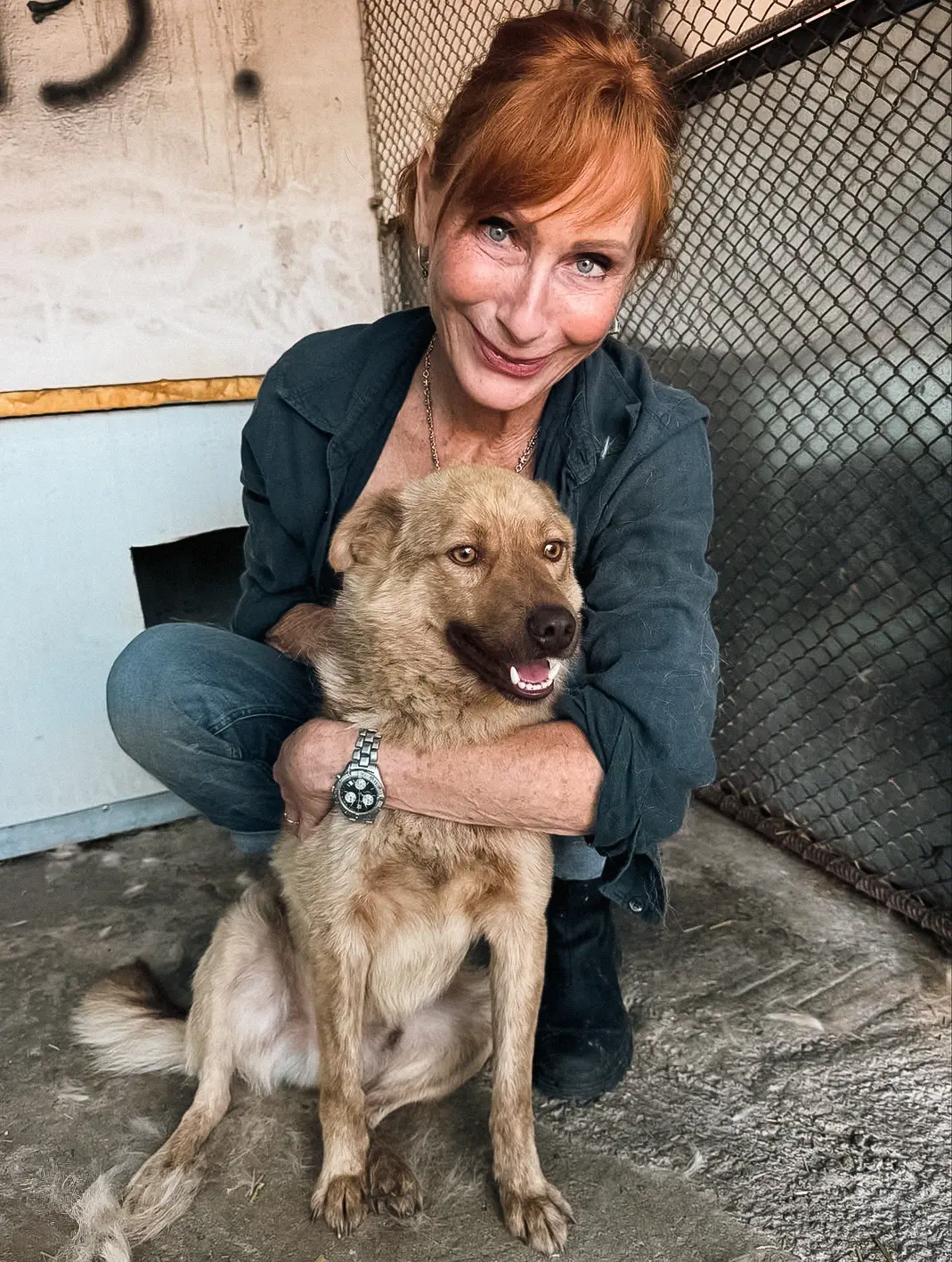Other Treatment Methods

Nose surgery
In the treatment of nasal anomalies, nasal correction (Rhinoplasty) is at the forefront. It is even considered one of the most frequently requested operations in plastic surgery in general. In addition to aesthetically induced indications, functional impairments often also necessitate surgical correction.
Nasal correction: a highly demanding procedure
Whether hump nose or saddle nose – there are many terms for a supposedly unsightly shape of the nose. Like hardly any other organ, the nose has highly diverse tissue structures. This makes the procedure surgically demanding. The term "royal discipline of plastic surgery" is not for nothing, given the often required fine craftsmanship.
For this reason, several consultations are usually essential, in which doctor and patient align wishes and ideas with what is technically feasible and aesthetically sensible. A competent and responsible doctor should, in addition to possessing the best craftsmanship, also have a strong aesthetic sense and know exactly how to harmonize the physiologically and anatomically necessary corrections with the patient's individual personality.
Rhinomanometry is standard
A nose correction can, for example, reduce a visible dorsal hump, shorten or lengthen the nose, or change the shape of the nasal tip and nostrils. It can also fix ventilation problems, for example, due to a deviated septum.
Some teenagers suffer from a nose that is too large or a hooked nose. However, it is advisable not to undergo surgery before the growth of the facial skeleton is complete, unless it is medically necessary.
A computer simulation program that provides astonishingly authentic representations of the future shape of the nose along with its surroundings helps in this process. Comprehensive diagnostics, including rhinomanometry and possibly X-ray examination, is standard.
Other Specializations
Other Treatment Methods in this Department
Experts for this Treatment Method

- Aesthetic Surgery & Dermatology
Prof. Dr. med. Johannes a. Veit
Nasenchirurgie München
- Aesthetic Surgery & Dermatology
Dr. med. Daniel Thome
aesthetic and soul
- Aesthetic Surgery & Dermatology
Dr. med. Anna-Theresa Lipp
PANTEA – Privatpraxis für Plastische & Ästhetische Chirurgie und Lipödem-Chirurgie
- Aesthetic Surgery & Dermatology
Dr. med. Christian Schrank
Ästhetik am Ammersee / Privatklinik Dr. Schindlbeck
- Aesthetic Surgery & Dermatology
Dr. med. Peter Neumann
aesthetic and soul
- Aesthetic Surgery & Dermatology
Dr. med. Elisabeth Zott-Schuhmachers
Meine Haut MünchenAll Experts in this Department
Show All
- Aesthetic Surgery & Dermatology
Dr. med. Anna Brandenburg
Dermatologische Privatpraxis Dr. Anna Brandenburg
- Aesthetic Surgery & Dermatology
Prof. Dr. med. Johannes a. Veit
Nasenchirurgie München
- Aesthetic Surgery & Dermatology
Dr. med. Hanna M. D. Halter
Derma Marienplatz
- Aesthetic Surgery & Dermatology
Dr. med. Anette Zimpfer-Keese
Dres. Zimpfer/Zimpfer-Keese MVZ
- Aesthetic Surgery & Dermatology
Dr. med. Daniel Thome
aesthetic and soul
- Aesthetic Surgery & Dermatology








